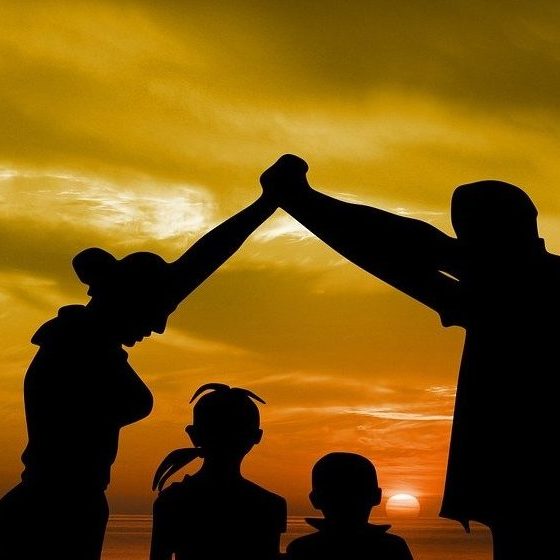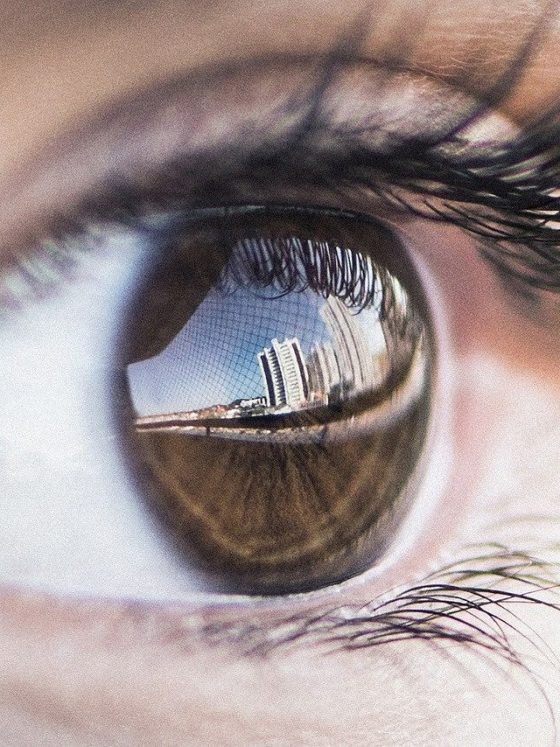A student told me about a forty-four-year-old woman who had decided when she was younger never to have children. But now that she is older, she wonders if she made the right choice because even though she has friends and relatives, it is not the same as having her own children, so she is afraid of growing old alone.
She is not the only one, the student told me. Today, many young people do not want to have children, either because they do not want to raise them in such a terrible world, or because they feel that there are too many people in the world already, and the planet cannot support all of us.
I cannot say that these stories surprise me. When people suffer, when they see that life is tough and they are only trying to survive, it is only natural for them not to want their children to experience it. As a result, many decide not to have children.
“If we want to add brighter colors to our world, we have to add another field of knowledge to our learning: how to care without wanting to dominate. These brighter colors lie with the people around us: They are the new perspectives that they bring, the new ideas and attitudes that enrich human society. If we embrace these myriad colors that surround us, the differences between us will not threaten us but strengthen us.”
At the same time, the phenomenon of childlessness is much rarer in third-world countries than it is in Western countries, where the standard of living is much higher. This makes no sense unless we take into consideration that the quality of life is measured not only by one’s ability to provide for one’s physical existence, but also, if not mainly by one’s sense of happiness in one’s social environment.
When people have secured their physical existence but cannot find emotional satisfaction, their lives become gray, colorless. Especially in Europe, where people have everything, they also have coldness in their hearts and grayness in their lives. Nothing is more depressing than a colorless world, especially for children, so people do not want to bring them into such a world.
When my student asked what I thought would happen to those children who are born into today’s gray world, all I could tell him was what the wisdom of Kabbalah says, as I had seen it written in the writings of Baal HaSulam and as my teacher, RABASH, the firstborn son and successor of Baal HaSulam, had told me. They say that unless we change the society we live in, humanity will plunge into another era of world wars. They predict a third, and even a fourth world war, but this time nuclear ones.
Since the end of World War II, we have had a relatively quiet period, without global conflicts. It was a time when we could harness the lessons from the two world wars we had experienced in the first half of the 20th century, but we didn’t. We kept on arguing and fighting “cold” wars and proxy wars, until the window of opportunity had closed on us, and now we are approaching the realization of the warnings of Baal HaSulam and his son, RABASH.
“The one thing humanity has not learned throughout time is how to make our lives safer and calmer by simply caring for each other.”
For all the knowledge humanity has gained, for all its power, technological, military, and industrial achievements, and for all our knowledge of history, we cannot seem to change the course of the world toward anything enlightened, toward a good future. The one thing humanity has not learned throughout time is how to make our lives safer and calmer by simply caring for each other.
Instead of using our knowledge to improve our lives, we are playing with it like toddlers holding a loaded gun. This cannot end well.
If we want to add brighter colors to our world, we have to add another field of knowledge to our learning: how to care without wanting to dominate. These brighter colors lie with the people around us: They are the new perspectives that they bring, the new ideas and attitudes that enrich human society. If we embrace these myriad colors that surround us, the differences between us will not threaten us but strengthen us.
If we want to add some blue-sky colors to our lives, we need to find new horizons, horizons that exist in the dreams of others. If we learn to care about them, they will become our dreams, as well. If we want to add some green-grass colors to our lives, we must learn to be happy when our neighbor’s lawn is greener than it was. Not that it is greener than ours, but simply that it is greener than it was, and that our neighbor feels happy and content.
If we do this, then we will add the color I like the most: orange, the color of the sun. We already know all that we need to know in order to live in a sunny world. Now all we need is to learn how to care.











